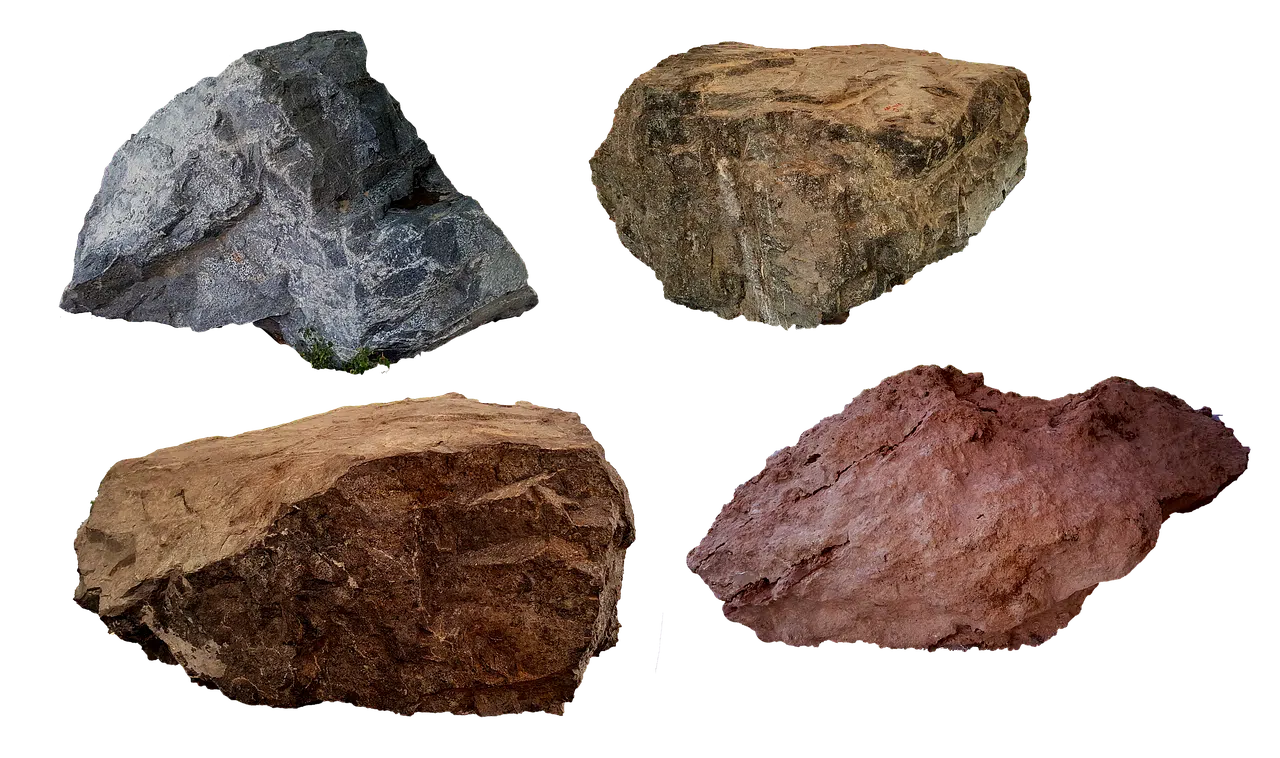
A calcareous soil has at least 15% calcium carbonate.
Calcareous is that which has lime . It is an adjective that has its etymological origin in the Latin calcarius . Lime , meanwhile, is the alkaline substance that is composed of calcium oxide ( CaO ).
Lime
The whitewashed lime turns off or hydrates when it comes into contact with water, releasing heat. If lime is mixed with sand, it gives rise to mortar or mortar .
Returning to the idea of calcareous, the concept refers to what contains lime or specifically calcium carbonate ( CaCO3 ). The calcareous, therefore, is limestone .
When a material has a high percentage of calcium carbonate, it is called calcareous. A shell or soil can be calcareous, to name two possibilities.
calcareous soil
A calcareous soil is composed of at least 15% calcium carbonate. These soils develop in the arid regions of our planet .
If the calcareous soil has the appropriate levels of nutrients and water, its productive potential is high. It is important to mention that calcium saturation contributes to maintaining the appropriate physical conditions of the soil.
Calcareous mosaic
A calcareous mosaic , on the other hand, is produced with dyes, sand and cement. Generally these mosaics, which are quite porous, are manufactured in a size of 20 x 20 cm , with a thickness of 2 cm . Another characteristic of calcareous mosaic is its considerable absorption power.
Due to its porosity and absorbent nature, it is necessary to carry out a curing task as soon as it is finished installing on the floor, to ensure that its surface becomes waterproof and can be washed without risk of damaging the product. If properly cared for, a tile of this type can last many years in perfect condition . In fact, it is used both indoors and outdoors, since rain cannot penetrate it if it has been properly waterproofed.
calcareous tuff
Calcareous tuff , finally, is a sedimentary rock . This means that it is formed when sediments accumulate, which go through different chemical and physical processes until they are consolidated. In the specific case of calcareous tuff, it is created when calcium carbonate that is dissolved in fresh water precipitates.
Two other names by which this type of rock is known are tosca stone and tavertine . We must add that it is a limestone rock , meaning that a large part of its composition corresponds to calcium carbonate, generally calcite, although it can also have magnesite and minerals in small quantities. Calcareous tuff is very porous.

Much of the composition of a limestone corresponds to calcium carbonate.
Regarding the process by which calcareous tuff is formed, everything begins with rainwater, which is usually poor in carbon dioxide and minerals , but this changes when it passes through the ground, since it absorbs the carbon dioxide that It comes from plants and bacteria. From this moment on, it acquires sufficient strength to dissolve the calcareous rocks it finds along its path underground, dragging carbonate and calcium.
When it finally exits through a river, waterfall or spring, it loses carbon dioxide due to the action of plants or turbulence, and precipitates the mineral called calcite . The vegetables in the area, especially the mosses and others that act as support, are covered by the small crystals. It is then that the calcareous tuff arises, as a result of these layers that form on the plants . When these die, they leave an empty space that gives the tuff its typical appearance and porosity.
